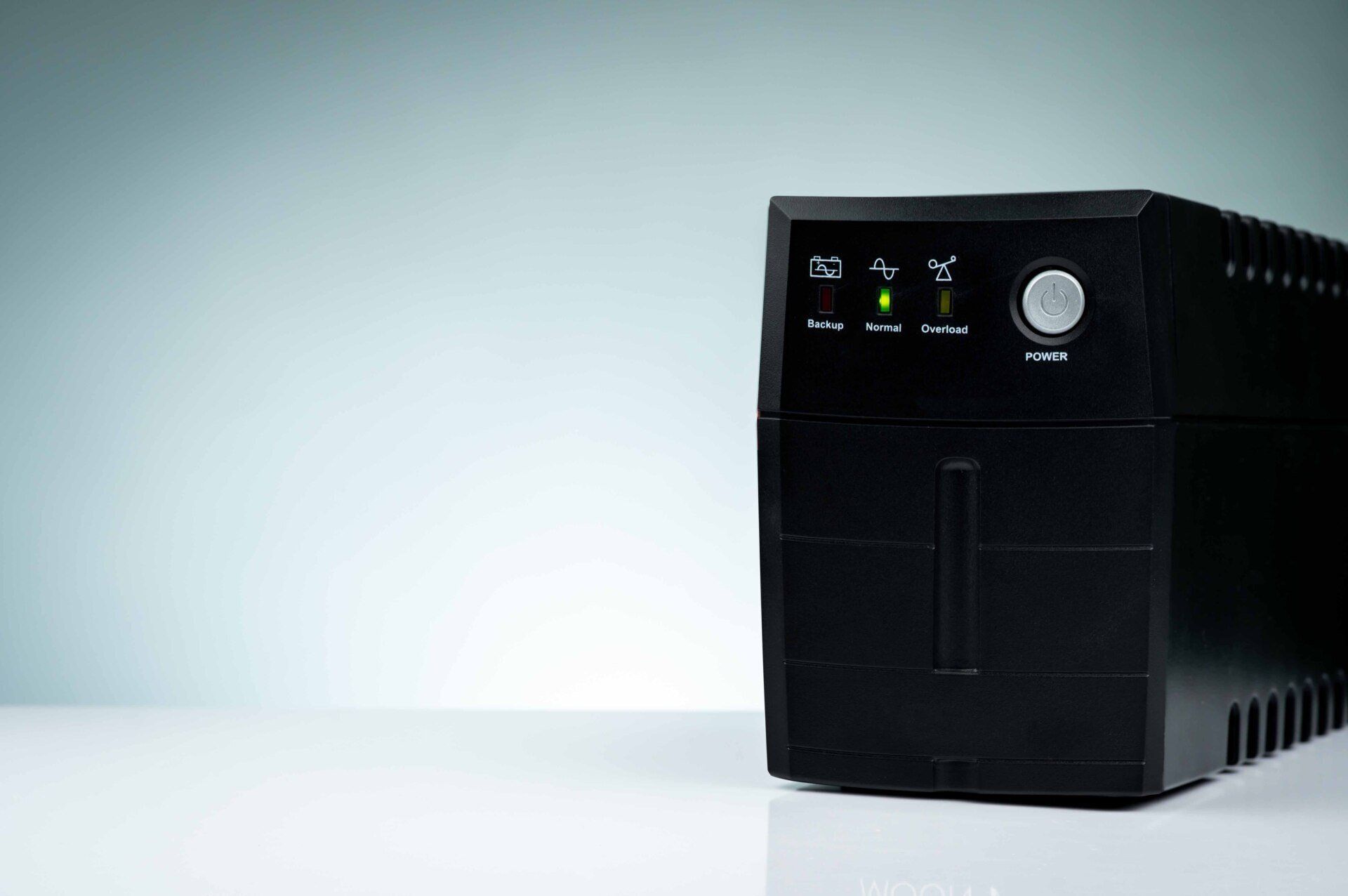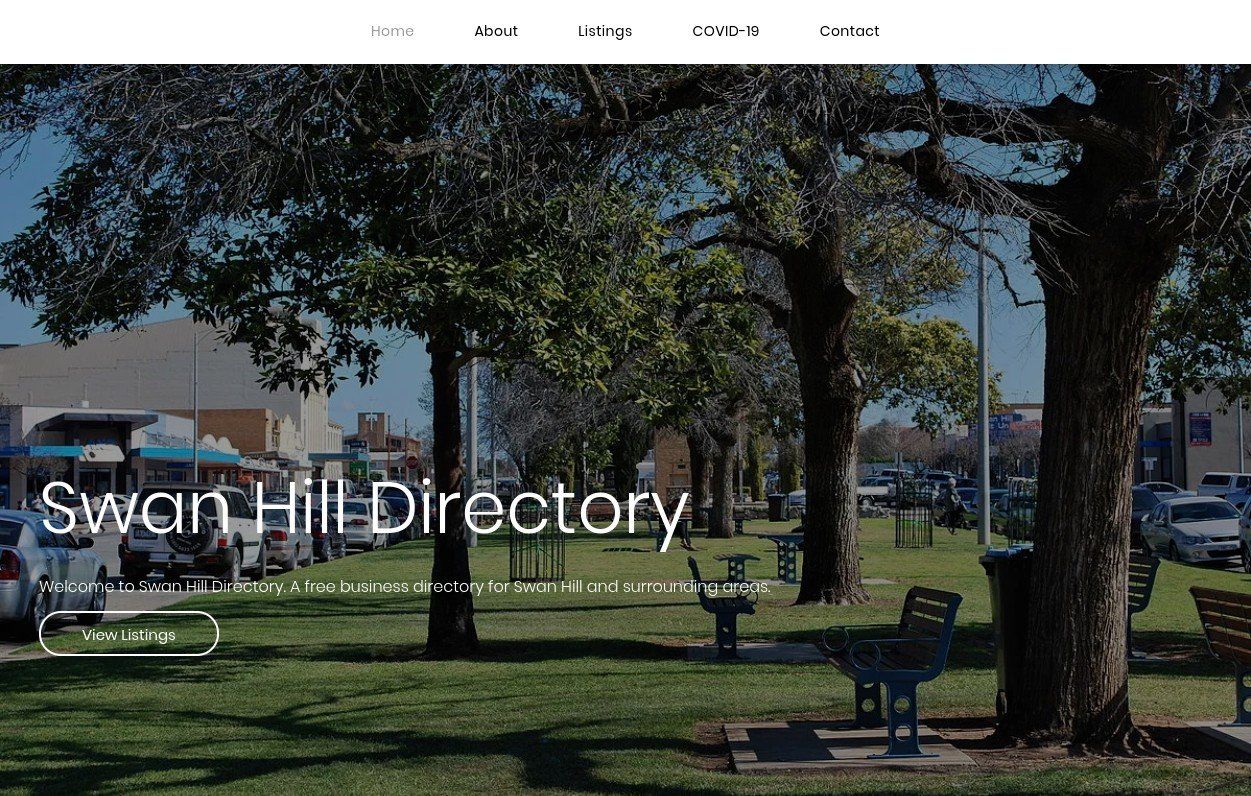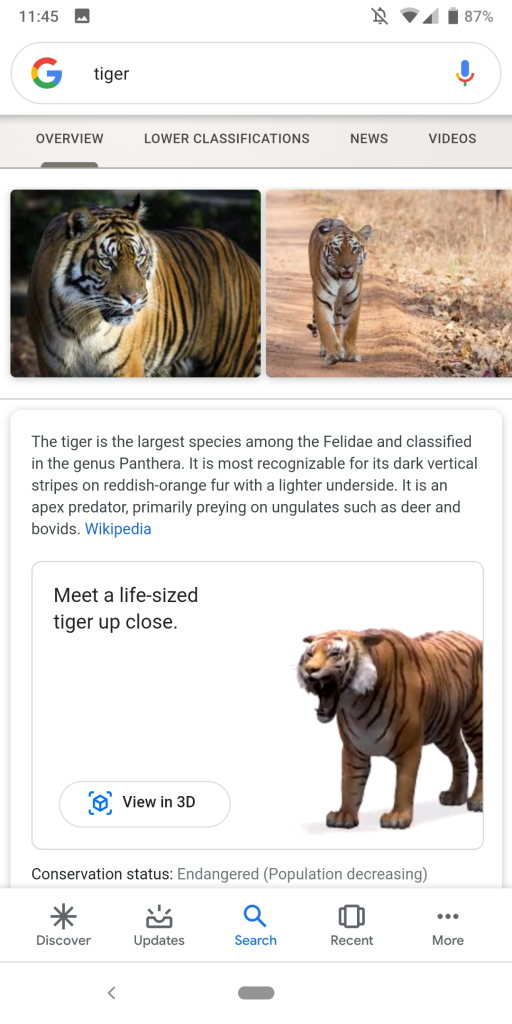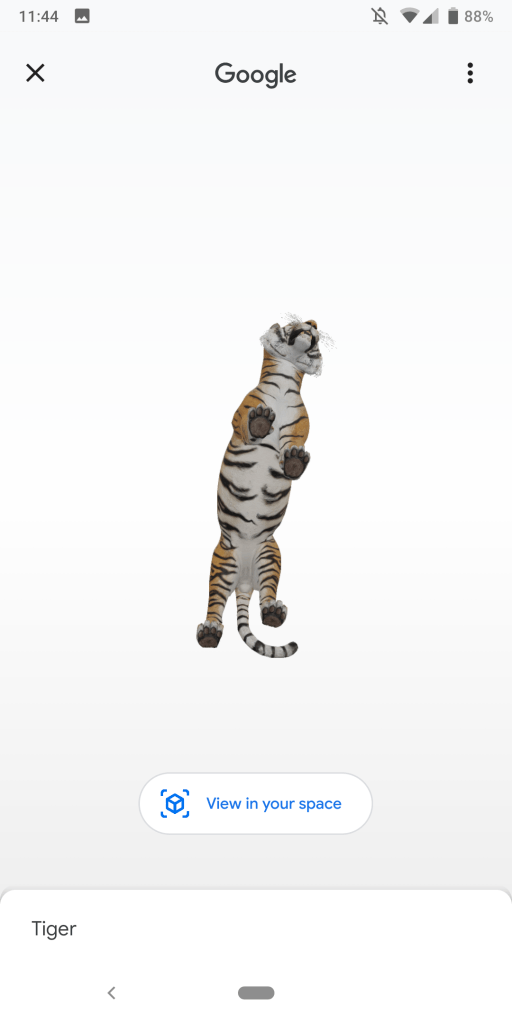AR vs VR and what are they
AR vs VR and what are they?
AR (Augmented Reality) and VR (Virtual Reality) are two things that will get increasing attention as we head into the 3rd decade of the 21st century.
So what are they and why do they matter?
You can actually experience some of it now, in Google Maps when in walking navigation mode, you can turn on AR directions, and instead of a map and it telling you where to turn, the directions will be laid over the image of the real world viewable through your phone's camera.
Another is, open the Chrome browser on your smartphone and search for one of a dozen or so animals including Wolf, Penguin and more, in the search results, the animal will then present with a “view in 3d” option, when clicked, if your phone has AR support (such as the Samsung Galaxy phones, Google Pixel phones, and more) you will then get an option to view it in real life.
ARis showing up everywhere from retail, to cars, phones, and more. In retail it can be used to provide virtual change rooms. Simply stand in front of an AR enabled mirror, and the clothes you want to “try on” will be overlaid over the real life and real time image of you standing there. You can twirl etc and the overlaid clothes shift to reflect how they would look. In cars, it is appearing as HUDs (Heads Up Displays) for night vision for the driver, or overlaying key information like speed, revs, etc onto the window in front of the driver. Mercedes has even used it to overlay directions into the vision of the driver so that the directions are laid down on the street in front of you - making it even easier to know where to “turn right”. On phones it is being used for everything from interactive real world maps, to Pokemon Go, Minecraft Earth and other games, to the “stickers” you can place into pictures you take, and overlays on videos your shooting. AR will eventually make its way into most, if not all industries.
VR is different, in that it takes you completely out of the real world, and puts you in a virtual one. There is no cross-over with VR, you're either in the virtual environment, or you're not. Pure VR has much more limited uses, and so won’t gain the same level of mainstream usage that AR will. That said, you can expect limited usage of it to show up in gaming, with both the PlayStation and Xbox consoles providing support for VR gaming, and in some industrial environments where simulating, or replaying scenarios in VR enables a better understanding of things. For example - want to review drone footage in a way that puts you in the environment it was recording, or want to practice assembling a new item on a production line, before actually going out and producing that product for real? VR is very good for this.
An example of devices at the high end of AR and VR is Microsoft Hololens, which NASA is using to map out directions for the rovers on Mars. Using satellite and on ground imagery, they can put the rover into the environment, and drive it through that environment in VR mode, to map out the next leg of the journey. While in AR mode, the same Hololens units are being used at Ford for designing vehicles. They can take a base car, and use AR to overlay new designs for bumpers, etc onto that vehicle and see in real time and in 3 dimensions how those parts look. They can also interact with co-designers in other locations through this mix of real and virtual world that AR provides.
At the “low end” you have devices such as those based on Google Cardboard, which are nothing more than a holder for a smartphone. The apps then run on the smartphone and present you with either an AR or VR experience, depending on the particular apps.
In short, AR is what 3D never became, and it will start to appear more and more. VR has been around longer, has had less take up, and will likely stay as a niche thing - primarily because what is good about it, is also what will limit its wider use - it takes you out of the real world.
In the Code Classes this year we will touch on AR and VR, because as developers, these are technologies that are important to know about.
Share












